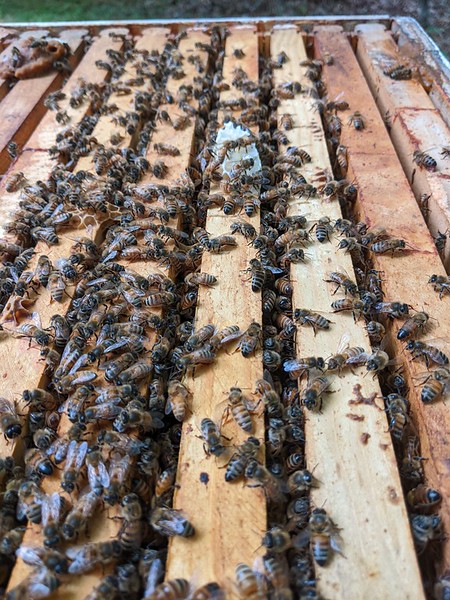455 Bravo Uniform
Final Approach
@Jim K - Did you ever get this kind of treatment when you recently landed at “rustic” Campbell field?

It was a surprise from gentleman @Racerx Thank you sir!!
…I flew my mom up there to see my son who was doing a vintage show at the fairgrounds (shameless plug for PhartClothes.com). She saw it and asked if that was my relief jar

Fairgrounds was nutso:


It was a surprise from gentleman @Racerx Thank you sir!!
…I flew my mom up there to see my son who was doing a vintage show at the fairgrounds (shameless plug for PhartClothes.com). She saw it and asked if that was my relief jar
Fairgrounds was nutso:









